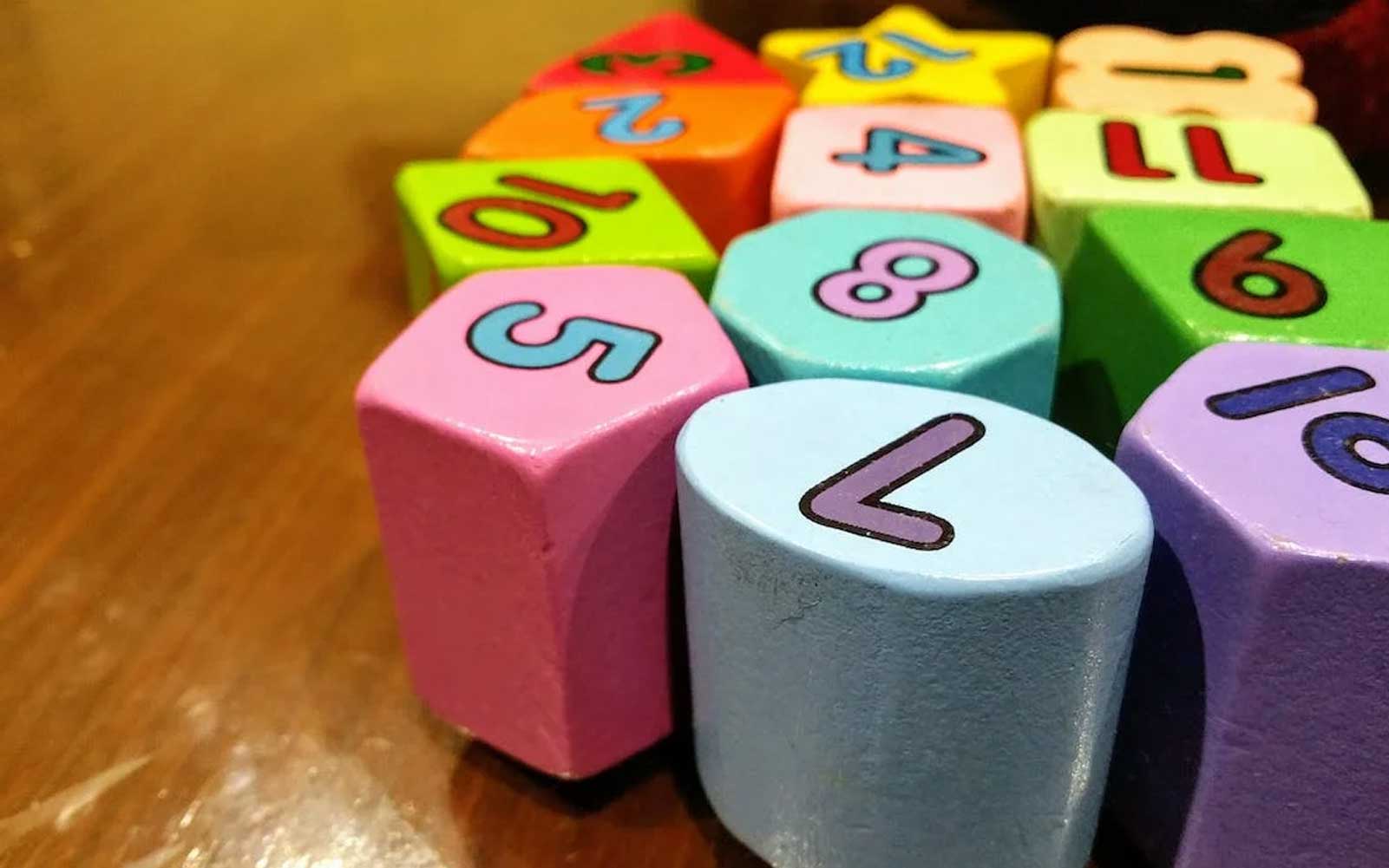
With the development of The Times, the toy market is getting bigger and bigger!
As the major leader in the North American toy market, the U.S. toy market is expected to grow to approximately $46.19 billion in 2030. This year, 60% of U.S. consumers plan to complete their toy purchases before the holiday season, compared to previous years. According to imarcgroup data show that the global toy market size reached 183 billion US dollars in 2023, and it is expected that the market size will reach 326 billion US dollars by 2032, with a compound annual growth rate of 6.5%.
With the development of social productivity and the improvement of parents’ awareness, the toy market continues to expand, among which, North America occupies the main share of the global toy market.
The American market is an important position for toy sales, and many toy sellers have already begun to lay out their toy business in the American market. What are the new changes and opportunities in the American toy market in the future?
According to the Numerator report, toy buyers in the U.S. market are divided into three main categories: children, parents, and gift-givers (relatives and friends). About 37 percent of consumers learn about toys through offline stores, 21 percent learn about toys through online shopping, and 15 percent buy toys through recommendations from friends or family.
According to Google data, US consumers are more likely to spend money on branded stores or DTC websites, where spending is 86% higher than other shopping channels.
For the long-term development of the enterprise, the seller should create brand toys and actively expand the overseas market. According to Numerator, consumers have strong buying intentions during the holiday season, with children, parents and gift-givers planning to buy toys this holiday season at 66%, 71% and 81%, respectively.
This year, 60 percent of U.S. consumers plan to complete their toy purchases before the holiday season, compared to previous years. 38% of consumers will end their purchases in mid-December, while 28% will focus their purchases on toys by the end of November.
As consumer groups continue to get younger, Generation Z has become the mainstream of consumption. According to the Toy Association, 89% of respondents will buy toys for adults during the holiday season, 43% will buy toys for a significant other or significant other, and 53% of male consumers will buy toys for themselves.
After the effects of the epidemic in previous years, many adults have turned to games or toys to relieve stress. Thanks to the spread of social media, many consumers get inspiration for toy purchases from popular social media such as TikTok, Instagram and YouTube.
According to the Toyassociation, nearly 79 percent of parents believe there is now much less stigma when teenagers play with toys over a certain age. Popular toys such as plush toys, decompression toys and collectibles are loved by contemporary teenagers. In addition, 20% of the respondents said they would buy toys for the elderly during the holidays to keep them mentally entertained and accompanied.
Overall, multiple play toys for all age groups are on the rise. At the same time, the demand for toys suitable for adults and the elderly is also growing. In order to meet the diversified market demand, sellers can expand the relevant functions of toys.
This year, the popularity of “Barbie,” “Teenage Mutant Ninja Turtles,” “Super Mario Bros.” and other movies has had a big impact on the toy market. Among them, after the release of the “Barbie” movie, the total consumption of Barbie dolls has increased significantly compared with that before the release. In addition to the hot toys for newly released movie characters, classic movies such as “Indiana Jones”, “Guardians of the Galaxy”, “Spider-Man” and “Jurassic World” have also had a great impact on consumers’ toy purchases.
Franchises related to games and anime are also becoming more mainstream, with 26% of parents likely to buy toys based on games or anime content.
Whether it is a character toy in an anime movie or an ordinary toy, the seller should have copyright awareness. Toys with unique meaning tend to attract attention. This is demonstrated, for example, by cases such as Squishmallows plush toys and The Woobles Crochet yarn toys.
When purchasing a toy, 65% of parents will consider whether the toy has educational and skills-building significance. With the diversification of toy functions, parents expect their children to improve their intellectual development, social interaction, arithmetic, reading ability and so on when they play. This year’s more popular overseas educational toys are Lego bricks, role-playing toys and so on. In addition, more than half (51%) of parents also consider whether a toy promotes their child’s mental health when purchasing a toy for their child. Decompression toys are also gradually favored by consumers because of their special functions. For example, sales of stress-relief toys such as vomit balls, slime glue and elastic chimps are booming. Decompression toys and toys with decompression function still have a good development trend in the future. Sellers can use social media platforms to create toys that go viral.
In general, the toy industry has been dynamic and constantly moving forward. Sellers need to constantly adapt to changing consumer preferences, technological advances and social trends to ensure their competitiveness.



